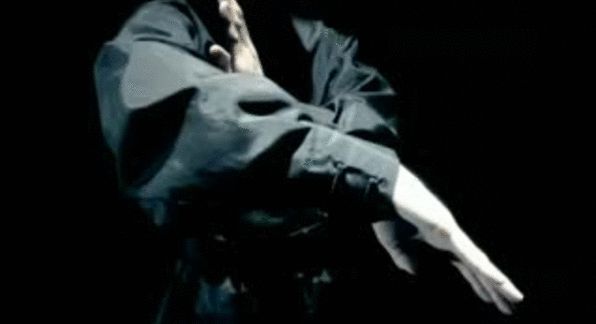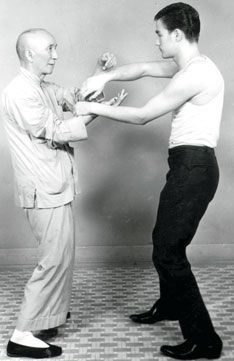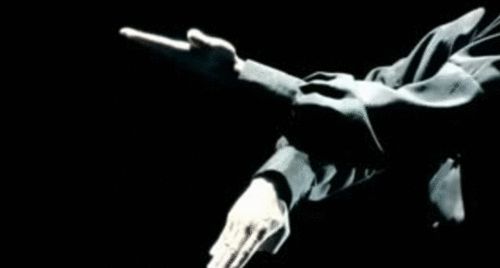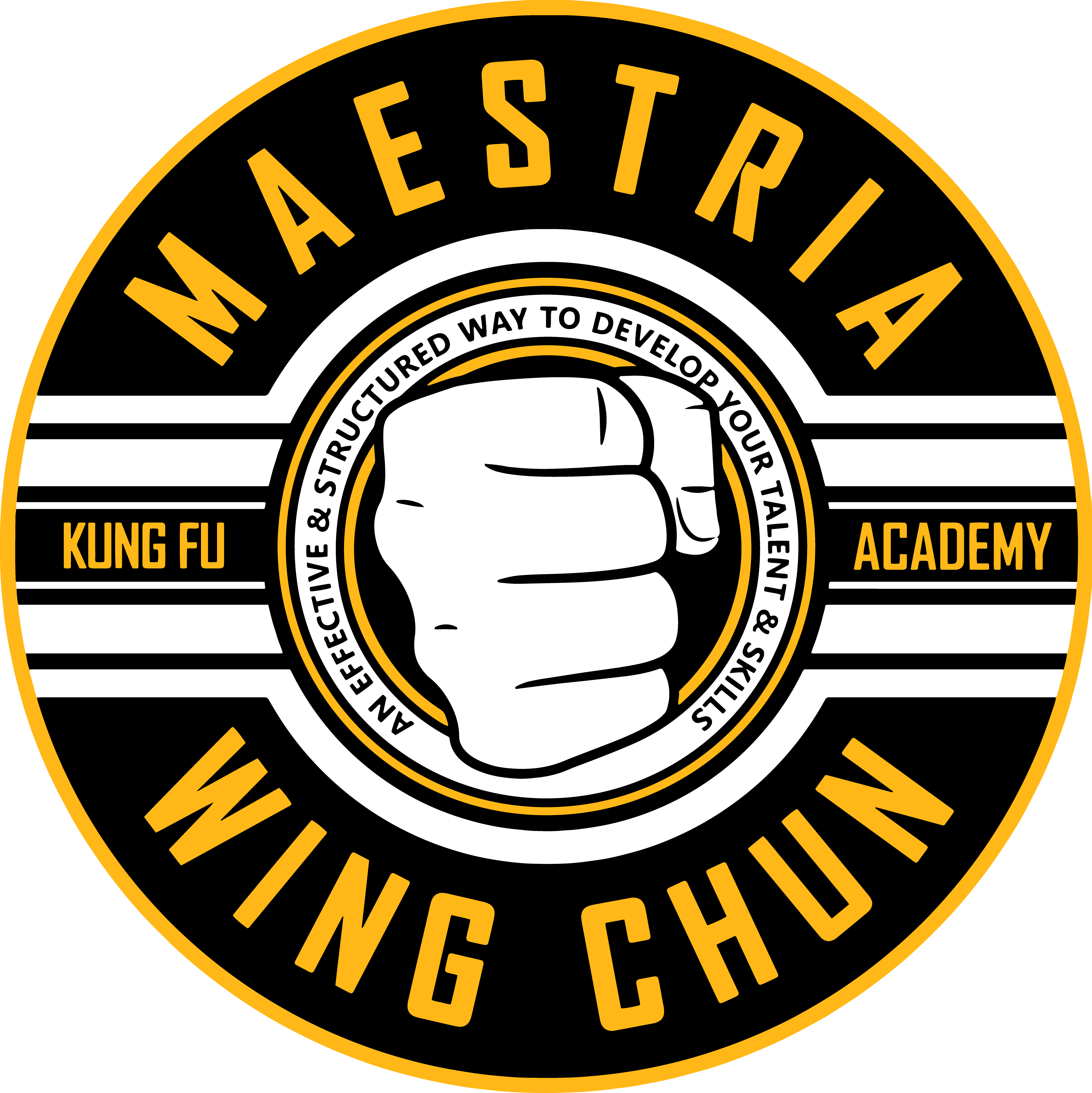
“a complete martial art”

Wing Chun Kuen
詠春拳
Wing Chun is a traditional Chinese martial art, originating from southern China. Highly developed in Hong Kong and Taiwan, this martial art has experienced rapid expansion in Europe and the United States, benefiting from the notoriety of Bruce Lee, student of Grand Master Yip Man (葉問). Focused on close combat, its simplicity and effectiveness make it a perfect tool for Self-Defense. It consists of three bare-handed forms, a wooden mannequin form, a long stick form and a double-knife form.

The forms
“the equivalent of katas in Japanese martial arts”
Siu Nim Tao
Siu Nim Tao “the little idea” is the first form of Wing Chun. This contains a large part of the movements used in this system. The form is taught from the start of learning and will constitute a real reference in the understanding and application of the techniques. The form will also introduce the student to the practical application of the theory of Yin and Yang.
Chum Kiu
Chum Kiu meaning “seeking the bridge” is the second form of Wing Chun. This Tao teaches us to create a link between our arms and those of the adversary. Unlike the first form, this one teaches combinations of movements, rotations, movements as well as kicks. However Chum Kiu can also mean “to sink or destroy the bridge”. This means that the objective is to destabilize the adversary by destroying its structure and balance
Biu Tze
The third bare-handed form of Wing Chun teaches us counterattack gestures and combinations used in a crisis or emergency situation. There are strikes with the edge of the hand and elbow strikes. This is an essential complement to the principles initiated by the Siu Nim Tao, and developed in the Chum Kiu, leaving it open to attack.
Muk Yan Jonk
The practitioner performs combinations of techniques on the wooden mannequin, and consolidates what he has learned from the first three forms. The student will learn to correct these techniques, angles of attack or defense, and timing. The tactile side of the mannequin will also help the student to perceive the limits of movements in order to guarantee balance and maximum integrity during counter-attacks.
Luk Dim Boon Kwan
In this Tao, the practitioner wields a staff approximately 2 meters long. He performs techniques both statically and in movement. The principles, position of the legs and hands are different from the bare-handed forms. The practice of Luk Dim Boon Kwan strengthens body posture, coordination of movements and forearm strength.
Baat Cham Dao
Double knives is the last form taught because it requires real mastery of bare-handed techniques. Weapons training is beneficial and strengthens body structure and power, coordination of movements and precision of techniques. It is a tool to improve hand-to-hand combat. The principles taught previously remain the same, it is the perception of them that differs because they no longer apply to the hands or arms but to the knives.
Specific exercises
Chi Sao
Chi Sao “sticky hands” is an exercise specific to Wing Chun which aims to develop reflexes, strategies, and allows one to react appropriately to different attacks or stimulations captured by tactile sensation.
Lat Sao
The Lat sao is a drill which is initially used to understand and feel how to send and intercept a punch on the central line. This exercise then allows you to develop defense reflexes and initiate counterattacks. Practitioners become aware of distances, contact and impact zones during attacks and defenses.
The Lap Sao cycles
Lap Sao is an arm twisting technique which aims to create a gap in the opponent’s defense. Lap Sao cycles are exercises using this technique as an opening, and which are repeated in an infinite cycle. From this openness comes numerous possibilities leading students to familiarize themselves with techniques that will be useful to them in the Chi Sao sections.
Resistance work
Practitioners have the opportunity to test their skills on tools such as bear paws, shields, bags or breastplates. The contact of the fists with resistance is essential in order to get as close as possible to reality.
Applications
Practitioners use, face to face, the techniques and combinations learned in the different sections of Chi Sao and Lat Sao. The techniques are similar to what could happen in a situation of aggression in the street. These are not exchanges but rather learning through the repetition of various techniques.
Sparring
Just like in boxing, practitioners have the opportunity to test their skills in supervised face-to-face situations. Practitioners wear gloves and protection so that the exchanges are as secure as possible. The goal of the exercise is not to get as close as possible to the reality of street aggression, but to get closer to the reality of the ring and combat sports competitions, while setting moral limits. and practical. Only the most advanced students improve their sparring skills.
